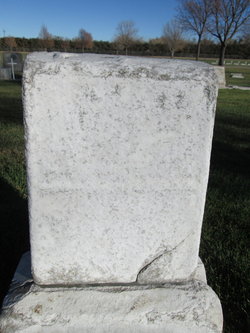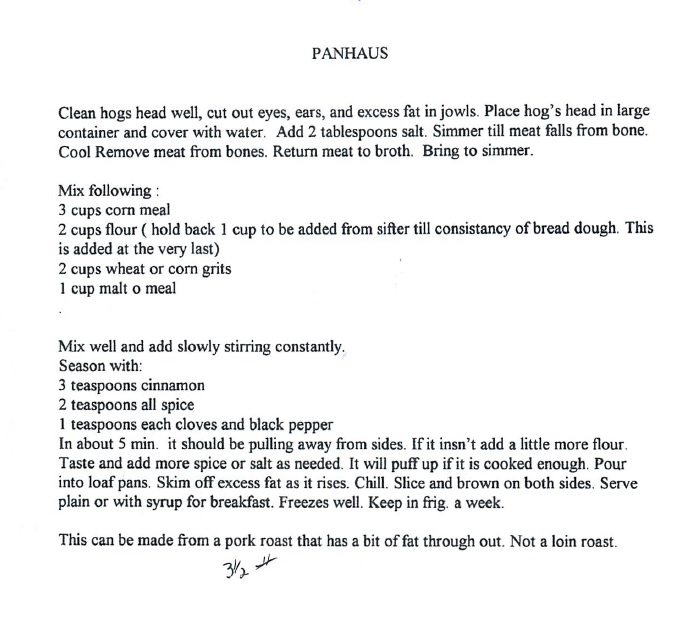Sometime in late 1911, Joe and Annie Rademacher left Crete and moved to Snyder, a small town in Morgan County, Colorado. They lived there for more than 15 years. Many stories have been passed down about the years spent in Snyder. I’ll be telling those stories in several parts in the coming weeks. I have three primary sources of information that I’ll be referring to:
- MaryBeth Rademacher One of Joe and Annie’s granddaughters wrote down the stories that her father Clem told her. Clem was Joe and Annie’s second child, born in Crete before the family moved to Snyder.
- Clem’s Grandson One of Clem’s grandsons (I’m sorry, I don’t have his name!) also wrote down some stories told to him by his grandfather.
- Dale and Karen Through a strange set of circumstances, Dale and I enjoyed a Sunday dinner in Snyder back in 1988 with Gladys “Punk” Williams, a childhood friend of the Joe and Annie’s kids. She also told us some stories about the Rademacher family’s years in Snyder.
Let’s get started!
In late 1911, Joe Rademacher left Crete and moved to Morgan County, Colorado. We don’t know what connection he had, if any, to his new home. He went ahead of the family to find a house and get it ready. When it was finally ready, he sent for the rest of the family to travel by train. At the time, the children of the family included Theodore “Ted”, age 4; Clemens “Clem”, age 2; and baby Elizabeth, age 11 months.
Clem was excited! According to his grandson:
As the train was slowing down to stop, he kept thinking of his father telling him how he was going to teach him to shoot prairie dogs, because there were so many. Clem had been traveling on the train from Crete with his mother, Anna, his older brother Ted and baby sister Elizabeth. His father, who was already there getting the house built and ready, would meet them at the train stop.
As they got off the train, Clem was disappointed he couldn’t see any prairie dogs. It was snowing, and had been for a long time. It lay in deep drifts, for as far as you could see. The only thing that broke the skyline was one small house by the side of the tracks. The blizzard lasted into the night, but the family in the small house took them in till his father Joseph could pick them up.
The train ride and snowy weather had been difficult for the little family. Baby Elizabeth got very sick during the trip and never recovered. She died on March 15, 1912. How difficult this must have been for Joe and Annie!
Baby Elizabeth was buried in the cemetery in Brush, the nearest town with a Catholic Church. Her grave is there still, but the tombstone is so worn you can no longer see the engraving.

Life on the farm was a grand adventure for the boys. Clem finally got to shoot his prairie dogs, and lots of ’em!
According to Clem’s daughter MaryBeth:
My dad [Clem] and uncle [Ted] had to feed the horses, cows, and chickens. They had to milk the cows so Grandma had milk for the family. Grandma always baked bread and coffee cake for the family. She baked six big loaves of bread three times a week. For many years she used a big old fashioned stove that burned either coal or wood. Later she had a gas stove. She churned the cream and made their butter. They raised their vegetables in their garden.
Grandpa always butchered the meat for the family. They had all kinds of beef and pork. Grandpa built a smoke house to smoke the hams, bacon, dried beef, and summer sausage. They made several kinds of sausage: liver sausage, summer sausage, bratwurst, and panhaus. They always had dried beef.
On holidays, in summer, Grandma would fix a picnic lunch and a jug of lemonade for my dad and Uncle Ted to take to the creek where they would meet the neighbor boys and go swimming in the creek. Some times they made home made ice cream. Grandpa would cut blocks of ice in the winter. Then my dad and uncle would help store it in an ice house until they wanted to use it for ice cream or cool foods. They packed straw around the ice as they put it in the ice house.
Clem’s family preserved the recipe for “panhaus” (pronounced ‘pawn-house’), a German specialty. It’s made from the head of a pig, and you cook it BRAINS AND ALL. Once all the meat and brains have fallen off the skull, you remove the bones and mix the meaty broth with seasoned flour and corn meal. Then you shape the mixture into loaves and chill it. To prepare it, you fry slices of it in a pan and serve it hot for breakfast with syrup poured over it.
According to Wikipedia, panhaus is a specialty among the Amish and Mennonites. So this may be a cultural tradition that the Rademachers have inherited from the Burkey family.
I’ve heard Dale and his family talk about panhaus for years but I’ve never tasted it.

